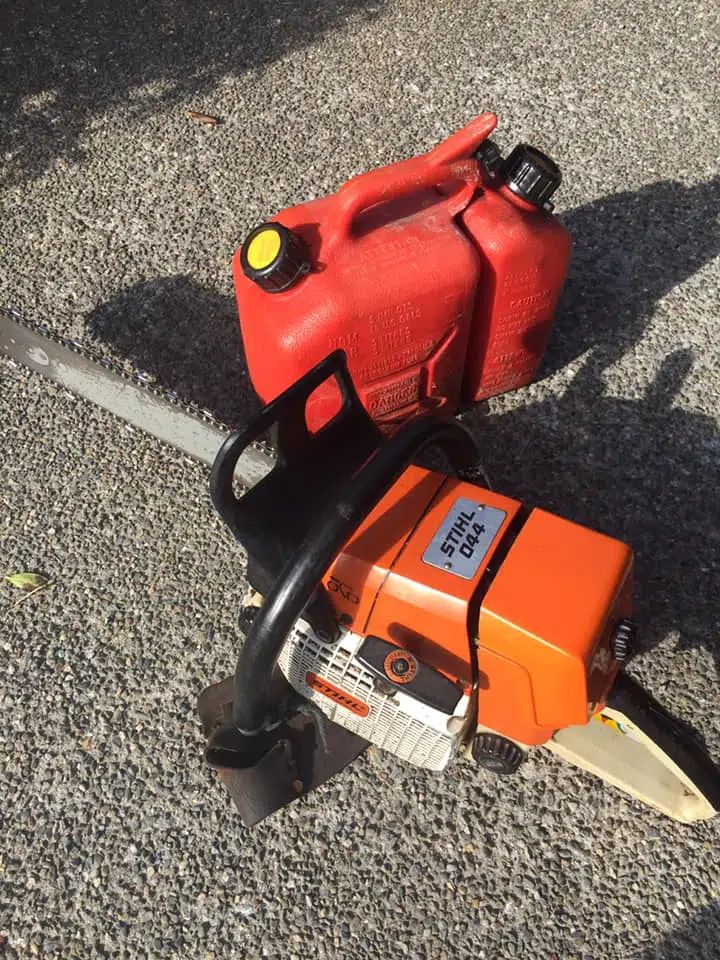Lubrication Precision: Unveiling the Art of Chainsaw Blade Oiling
2 min read
Maintaining the optimal performance and longevity of your chainsaw involves more than just selecting the right chain and bar. Proper lubrication is a crucial aspect often overlooked but integral to the smooth operation of your chainsaw. In this comprehensive guide, we will delve into the intricacies of chainsaw blade oiling, answering the key question: How often do you oil a chainsaw blade?
1. Understanding the Role of Chainsaw Blade Oil:
Chainsaw blade oil serves a dual purpose – lubrication and cooling. As the chain moves rapidly along the bar, friction generates heat. The oil, specifically formulated for this purpose, reduces friction, ensuring smooth chain movement and preventing overheating.
2. Regular Lubrication Frequency:
The frequency of oiling your chainsaw blade depends on usage. For heavy-duty or prolonged cutting sessions, more frequent lubrication is necessary. As a general guideline, aim for oiling every 15-20 minutes of cutting time. Regular checks during use can help gauge when additional lubrication is required.
3. Automatic vs. Manual Oiling Systems:
Chainsaws come with either automatic or manual oiling systems. Automatic systems release oil as needed, based on the chainsaw's RPM. Manual systems require the user to engage a button or trigger to release oil. Understanding the type of oiling system your chainsaw employs is crucial for effective maintenance.
4. Signs of Inadequate Lubrication:
Recognizing signs of inadequate lubrication is essential for preventing damage to your chainsaw. A hot chain, increased friction noise, and visible smoke during operation are indicators that your chainsaw blade may not be receiving sufficient oil. Immediate attention is required to avoid wear and potential damage.
5. Choosing the Right Chainsaw Bar Oil:
Not all oils are created equal. Chainsaw bar oils are specially formulated to withstand the high temperatures generated during cutting. They adhere to the chain and bar, providing lasting lubrication. Selecting a high-quality bar and chain oil suitable for your chainsaw model is crucial for optimal performance.
6. Seasonal Considerations:
Environmental factors also influence chainsaw blade oiling frequency. In colder temperatures, oil may thicken, affecting its flow. During hotter months, the oil may thin, requiring more frequent checks and adjustments. Adapting your lubrication routine to seasonal changes ensures consistent performance.
7. Oiling Maintenance Tips:
Proper maintenance of the oiling system includes keeping the oil reservoir clean, ensuring the oil cap is tightly secured, and regularly inspecting for any leaks. Periodic checks of the oil pump and filter, if applicable, contribute to a well-maintained chainsaw.
8. Environmental Impact:
Being mindful of the environmental impact is crucial when using a chainsaw. Opt for biodegradable or environmentally friendly chainsaw bar oils to minimize any adverse effects on the surroundings.
Conclusion:
In the realm of chainsaw maintenance, understanding how often to oil a chainsaw blade is pivotal. Regular lubrication, appropriate oil selection, recognizing signs of inadequate lubrication, and seasonal adjustments contribute to a chainsaw that operates efficiently and has an extended lifespan. By integrating these practices into your chainsaw care routine, you ensure that your tool remains a reliable partner in all your cutting endeavors.
